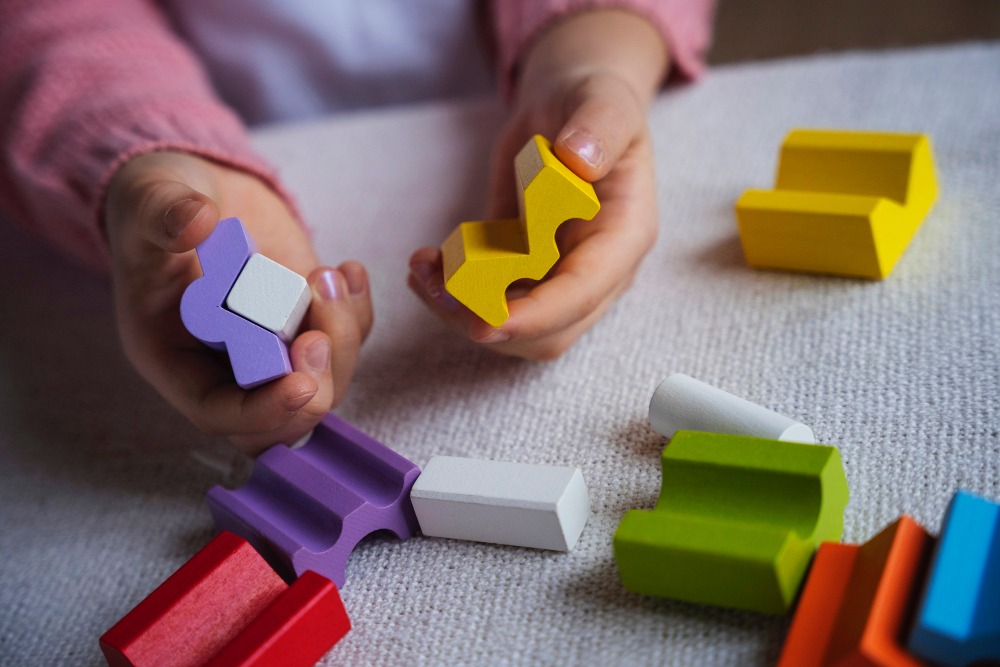Teaching kids about emotions is a vital part of their development. By helping them recognize and understand their feelings, you equip them with essential life skills like empathy, communication, and emotional regulation. In this guide, we’ll explore practical strategies for teaching kids about emotions and fostering emotional intelligence in your child.
1. Start Teaching Kids About Emotions with Basic Feelings
When teaching kids about emotions, start with basic feelings like happiness, sadness, anger, and fear. This provides a starting point for understanding more complex feelings later.
- Use Simple Words: Explain emotions in a way your child can understand. For example, “Happy means you feel good inside” or “Sad is when you feel like crying.”
- Facial Expressions: Show pictures or mimic facial expressions to help your child associate emotions with visual cues.
- Relate to Everyday Situations: Connect emotions to familiar experiences, like being happy about a favorite toy or feeling sad when saying goodbye to a friend.
2. Encourage Emotional Expression When Teaching Kids About Emotions
Create an environment where your child feels safe expressing their feelings without judgment.
- Model Emotional Honesty: Share your feelings with your child in age-appropriate ways. For example, “I’m feeling frustrated because I misplaced my keys.”
- Validate Their Feelings: Let your child know it’s okay to feel a certain way. For instance, “It’s okay to feel upset when something doesn’t go your way.”
- Provide Outlets: Encourage drawing, journaling, or talking as ways to express emotions.
3. Teaching Kids About Emotions Through Emotional Regulation
Help your child learn how to manage strong emotions and respond in healthy ways.
- Breathing Exercises: Teach your child deep breathing techniques to calm down when feeling overwhelmed.
- Practice Problem-Solving: When emotions run high, guide your child to think about solutions. For instance, “What can we do to make this better?”
- Use Comfort Items: Let your child use a favorite toy or blanket as a source of comfort during emotional moments.
4. Use Books and Stories to Teach Kids About Emotions
Children’s books and stories can be great tools for teaching about emotions.
- Emotion-Themed Books: Choose books that focus on emotions, such as The Feelings Book by Todd Parr or When Sophie Gets Angry—Really, Really Angry by Molly Bang.
- Discuss the Story: Ask your child how characters in the story might feel and why. This promotes empathy and understanding.
- Act It Out: Role-play scenarios from the story to reinforce emotional lessons.
5. Create an Emotion Chart
An emotion chart helps children identify and communicate their feelings.
- Visual Representation: Use pictures or emojis to represent different emotions. Include a mirror so your child can compare their expression with the chart.
- Daily Check-Ins: Ask your child to point to the emotion they feel each day. This builds self-awareness and encourages open communication.
- Problem-Solving Together: Once they identify their emotion, talk about ways to manage or celebrate it.
6. Practice Empathy
Teaching empathy helps children understand and respect others’ feelings.
- Talk About Perspective: Discuss how others might feel in different situations. For example, “How do you think your friend felt when you shared your toy?”
- Encourage Acts of Kindness: Small acts, like drawing a picture for someone feeling sad, show your child the value of caring for others.
- Model Empathy: Show kindness and understanding in your interactions with others, as children often learn by observing.
Conclusion:
Teaching your child about emotions equips them with essential life skills like empathy, self-regulation, and effective communication. By starting with basic emotions, encouraging expression, and using creative tools like stories and emotion charts, you can help your child navigate their feelings with confidence. These lessons will not only strengthen your bond but also prepare them for healthy relationships and emotional well-being in the future.



